The Fortress of Panikotha is a magnificent stone structure in the sea, built right at the mouth of the creek. It was built during the Muslim domain by Malik Aiyaz. It served as an entry post to control the movement of the Merchant Ships entering Diu for trading the rich Asian merchandise especially the Indian spices. The movement of the ships were also controlled by a defensive system which joined the Bastion of the sea or the Fortress to the Bastion at the shore by a thick metallic chain upon the river bed. This was raised and lowered impeding the entry of the hostile ships.
Having the Portuguese built a Fort in Diu in the year 1535, they also controlled the small Fortress and considering the importance of the same they fortified it by adding further structure to the same in the year 1588 as ordered by the Captain of the Fort, Aires Falcao. A stone inscription is found even today affixed on the wall inside the Fortress which reads as under:
“ SENDO AIRES FALCAO
CAPITAO DESTA FORTALEZA
DE DIO MANDOU ACRE
SCENTAR ESTE BALU
ARTE DO MAR DA
MANEIRA QUE ESTA
NA ERA DE 1588 ”
The inscription is read in English as under:
“ Being Aires Falcao, Captain
of this Fort of Diu, ordered to
add further structure to
this Bastion of the Sea as it
is, in the year 1588 “
The Portuguese also erected a small Chapel in the Fortress in the year 1638, dedicated to Our Lady of Victory. This was done in memory of the Victory of the Portuguese over the Dutch as per the stone inscription found affixed to the wall of the Chapel. Besides these, right at the centre there is a Bastion built named “Menagem”, where a light house is raised emitting green light. The Fortress also has barracks for the inmates, a warehouse, a cistern and residence for the Commander. The Fortress is also believed to be connected to the Fort of Diu by an underwater tunnel.
This Fortress of Panikotha is about one nautical mile from Diu Jetty and can be reached only by a motor boat. Located in the middle of the sea, the Fortress makes for a beautiful view whether seen from the Jetty, from the Fort, from the Village Ghoghla or from Diu proper. This Fortress has been illuminated with special light effects giving it a mesmerizing beauty at night
The Fort of Diu, an expansive and imposing structure is situated on the extreme coast of the Island on the eastern side. The Fort commands a magnificent view of the sea and its surrounding areas. It is hemmed in by the sea on the three sides and surrounded by a canal in the fourth. The huge battle scared fort was a product of a strategic alliance between Bahadur Shah, the Sultan of Gujarat and the Portuguese against the Mughals, built in the year 1535 by D. Nuno da Cunha and rebuilt in the year 1546 by D. Joao de Castro. The Fort is spread over an area of 5.6 hectares and its height above the sea level is 26.40 m. This enormous monuments had residence for the noble, warehouse, and barracks for the soldiers, house of arms and ammunitions, prison, church and a chapel unfortunately in ruins. The Fort has a number of bastions- Bastion St. Domingos, Bastion St. Nicolau, Bastion St. Philip, Bastion Couraça, Bastion Cavaleiro, Bastion St. James, Bastion Chato (Flat), Bastion St. George, Bastion St. Tereza, Bastion St. Lucy. The oldest of them all is believed to be of St. George. Once inside the Fort you are overwhelmed by the great majestic of the ancient stone work which transports you to a bygone era of gallant soldiers when time stands still. Walking on its broad ramparts and feeling the intimidating cannons and iron shells that still lie inter-spread 31 all over, I want to delve into history and reconstruct the enchanting tales of battles and empire.
On the Fort stands a giant structure, now housing the light house which serves as navigator to the fishermen and a jail.
Planned, constructed and defended, the Fort of Diu is a symbol of the potent foreign rule of the Portuguese who managed to hold to this sunny territory of India even after the country’s freedom from the British.
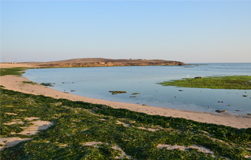
The total area under forest is 519 hac. of which 162 hac. are in Vanakbara Village, 355..
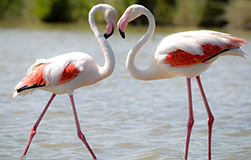
The sanctuary is an oasis of serenity and primarily a marsh area that attracts several ..

In Diu Island there are two beaches offers the water sports activities namely Nagoa Bea..
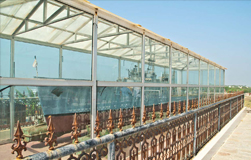
Indian Naval Ship Khukri was a frigate of the Indian Navy. During the Indo Pak War in 1..
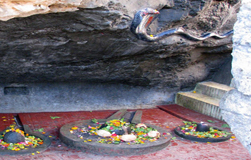
Gangeshwar Temple is situated 3 kms away from Diu in Fudam Village. Shivlinga known as ..
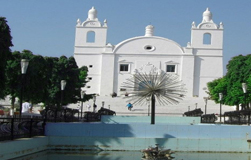
The Church was built in the year 1598 by an order of Bishop D. Aleixo Menezes. It was t..
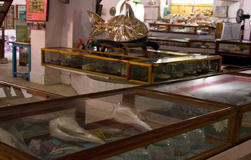
The sea shell museum is just on the way to Nagoa Beach close to the Airport. Few have h..
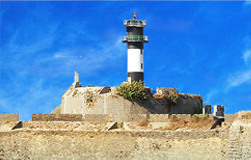
The Fort of Diu, an expansive and imposing structure is situated on the extreme coast o..
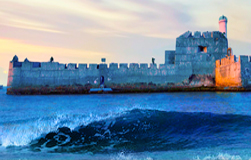
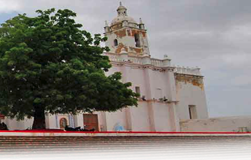
It was built in the year 1593, at the time of Governor Pero de Naya. It was the Friary ..
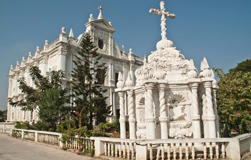
St. Paul Church, as it is widely known is also called the Church of Immaculate Concepti..
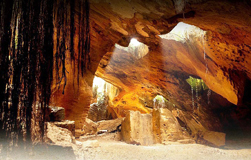
The Naida Caves are situated outside Zampa Gate following Vijaypath Road in Diu. They a..
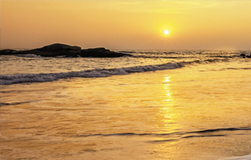
The beach is situated to the extreme west side of the island, 13 kms from Diu in villag..
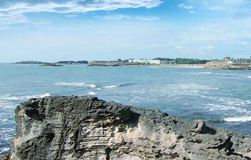
The beach is at a distance of 1 km. from Diu Town. It has beautiful panoramic view. It ..
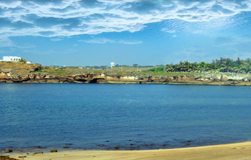
Chakratirth Beach is centrally located and contagious to the town at Diu. This beach se..
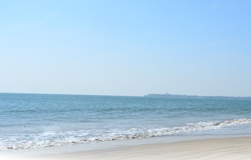
Ghoghla Beach is situated just at the entrance of Village Ghoghla. The Beach is very lo..

Among the 5 beaches, Nagoa is the most beautiful and more popular. It is located in Nag..



